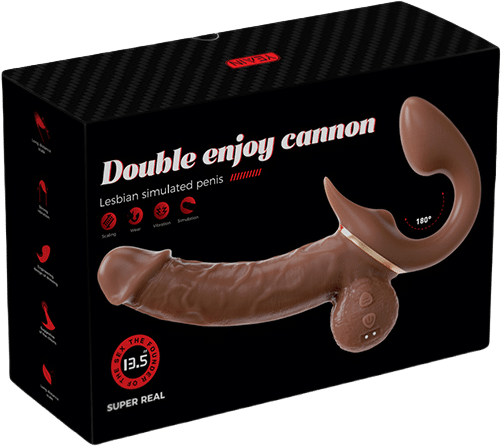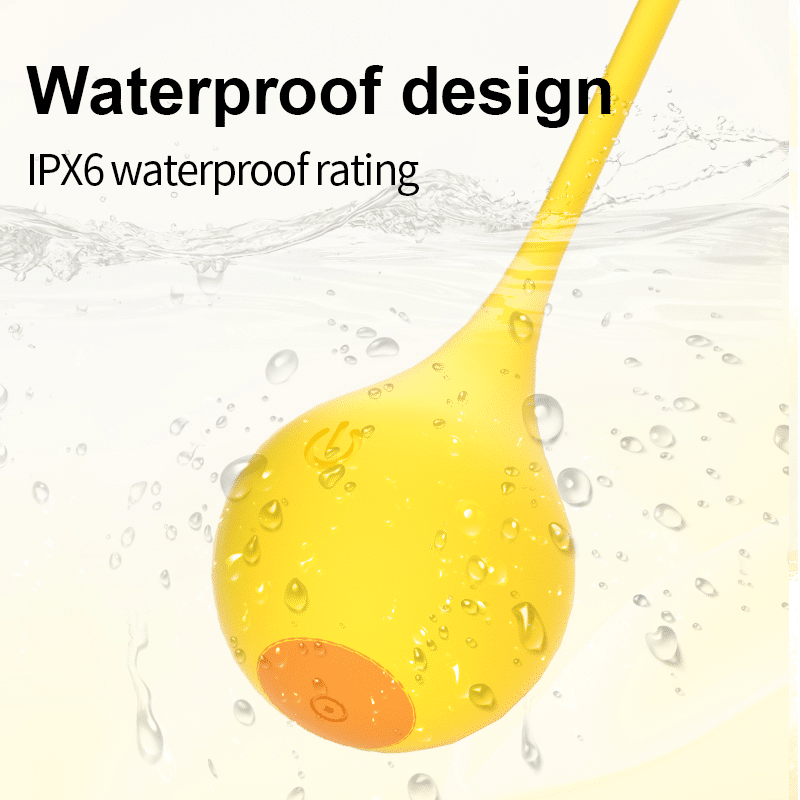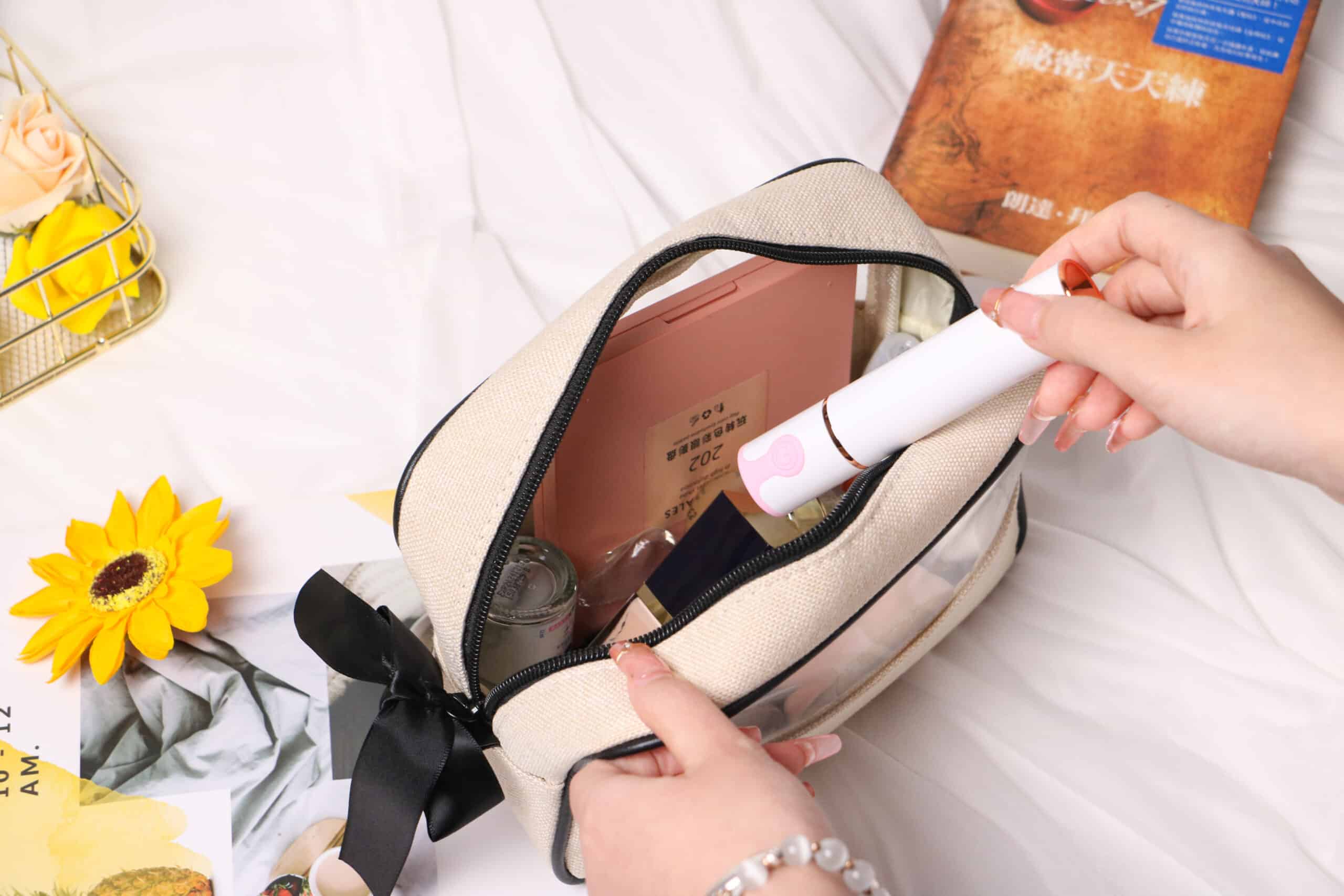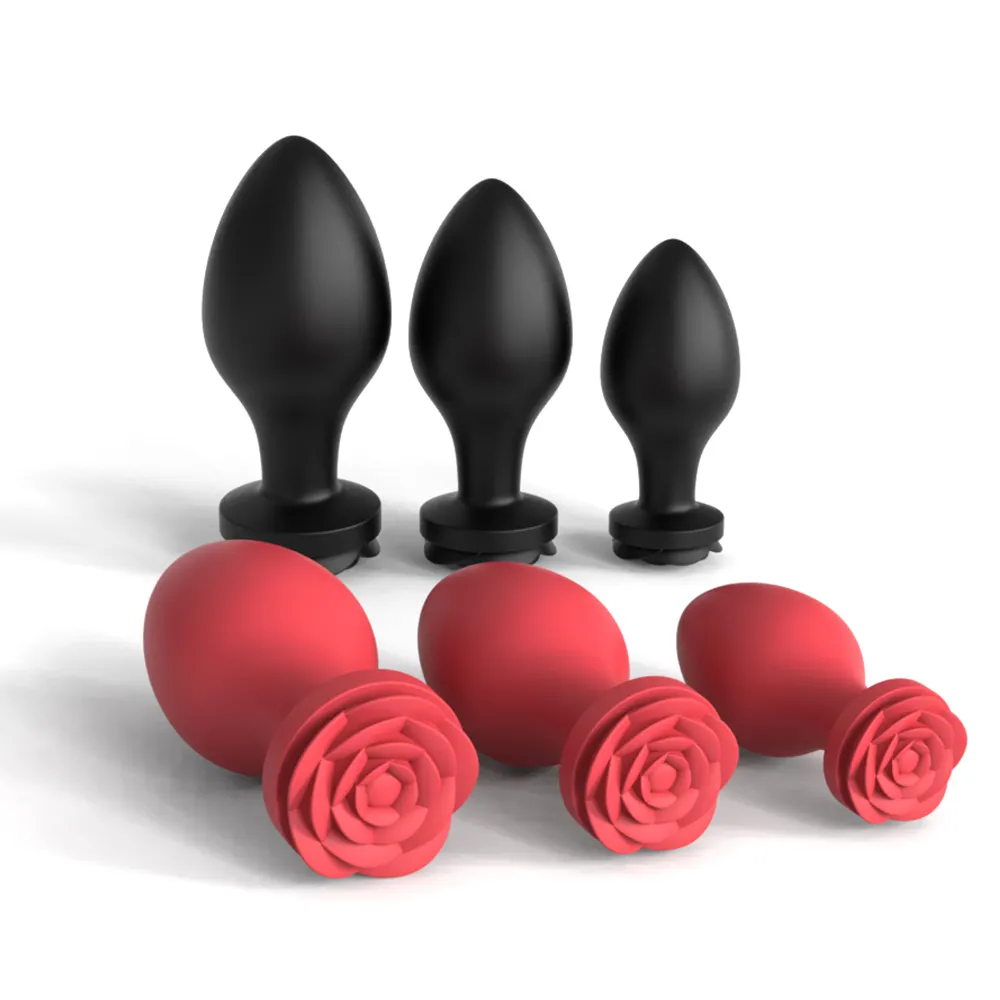For brands, distributors and purchasers who hope to enter or deepen their presence in the LGBTQ+ market, do you think that LGBTQ+ merchandise only needs to meet functional requirements and there is no need to understand the deep cultural identity and emotional resonance needs of this community in the consumption process?
But the truth is that designing products for the LGBTQ+ community, merely achieving “usability” is far from enough. What they seek more is “being seen” and “being understood”. I believe that a truly successful design must be able to “resonate” with their “pride”.
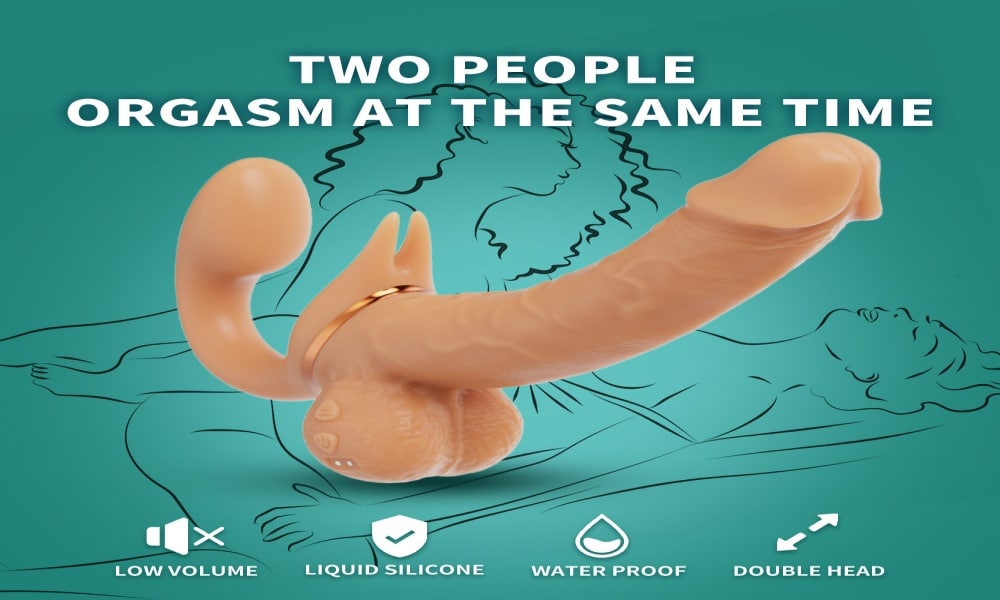
Table of Contents
ToggleWhy Authentic LGBTQ+ Product Design Matters for Your Brand
Understanding the LGBTQ+ consumer requires recognizing that this community shows significantly higher brand loyalty when companies authentically connect with their values. The data clearly shows a market that is more engaged, more critical, and more willing to reward brands that demonstrate genuine support.
Consumer Engagement Snapshot: LGBTQ+ vs. General Market
| Metric | LGBTQ+ Consumers | Non-LGBTQ+ Consumers |
| Influenced by Advertising | 40% | 31% |
| Believe Brands Should Express Social/Political Views | 60% | 41% |
| Will Reject Brands with Misaligned Values | 64% | 50% |
The Design Language of “Pride”: A Deeper Expression Beyond the Rainbow Flag
Moving beyond the rainbow flag is the first step. A sophisticated gay sex toys design language speaks to the diverse and rich tapestry of the community. We use a three-pillar framework to guide our creative process.
| Element | Traditional Approach (To Avoid) | Advanced Approach (To Embrace) |
| Color | Relying solely on the six-stripe rainbow flag. | Exploring palettes from other identity flags (transgender, bisexual, etc.) to create unique color stories that resonate with specific sub-communities. |
| Form & Shape | Generic, purely functional shapes with no cultural context. | Integrating cultural symbols (like the lambda) or historical art styles (like Art Deco) to inform product silhouettes and create a tangible link to community history. |
| Naming | Using generic or clinical-sounding product names. | Developing a naming philosophy that references positive historical figures, community milestones, or authentic linguistic elements, turning the name into a statement. |
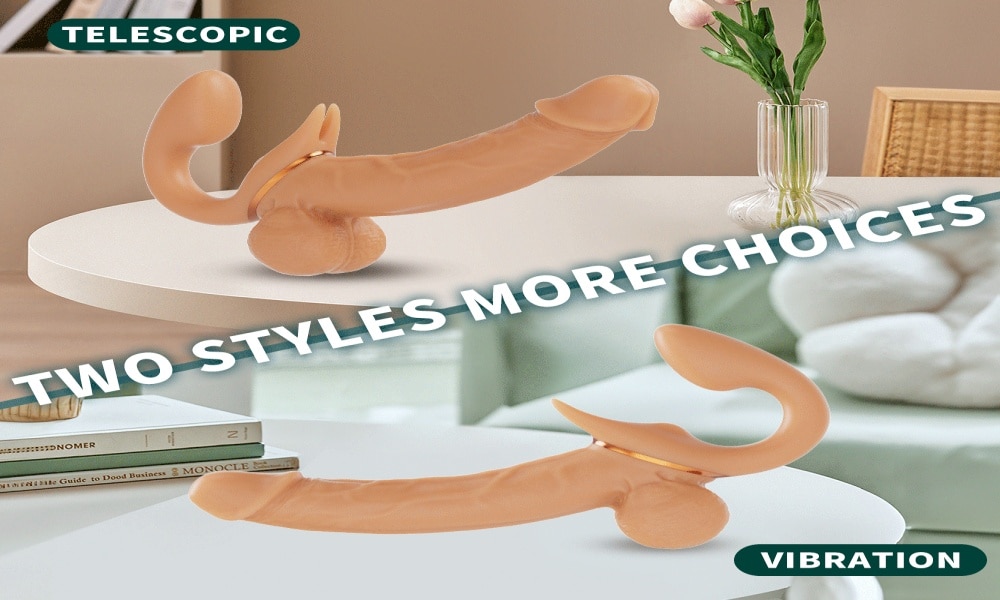
The User Experience of “Resonance”: Born from Deep Insight
Genuine resonance is achieved when aesthetics and function merge to address the lived experiences of LGBTQ+ consumers. This is where deep insight translates into tangible features.
Functional Innovation Born from Empathy
Micro-innovations demonstrate a true understanding of the community’s varied needs. This isn’t just about performance, but about context and care.
Ergonomic Design: Accounting for a wide range of body types and preferences.
Discreet Features: Enhancing privacy for users in environments where they may not feel completely safe.
Health & Hygiene: Prioritizing materials and designs that are easy to clean and maintain.
Material & Tactility as an Emotional Language
The choice of material is a powerful tool for non-verbal communication. The tactile experience can convey strength, comfort, empowerment, or gentleness before the product is even used.
| Material Attribute | Emotional Conveyance |
| Smooth, Body-Safe Silicone | Comfort, safety, and a premium feel. |
| Firm, Powerful Structure | Strength, empowerment, and control. |
| Soft, Yielding Textures | Gentleness, intimacy, and tenderness. |
| Quick-Warming Materials | A sense of life, readiness, and human connection. |
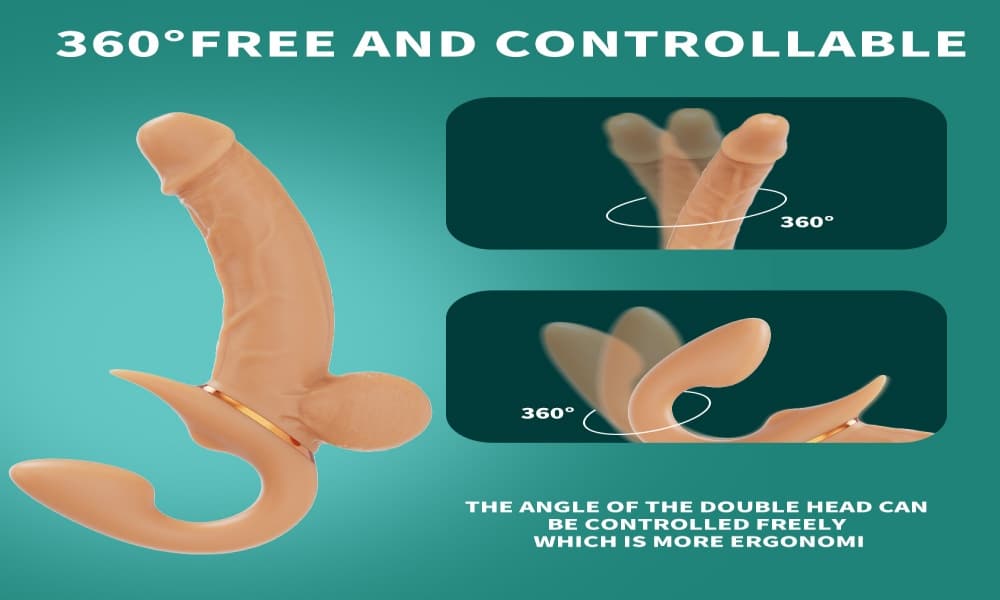
How did Luxora’s “Dual Enjoyment Cannon” come into being?
The inspiration for our latest design did not come from the meeting room, but from community centers, cafes, and the private conversations that give rise to real stories. Our design team spent six months conducting ethnographic research – what we internally call the “listening journey” – and communicating with over 200 community members from various identity spectra, age groups, and relationship patterns.
These were not focus groups asking for product preferences, but rather deeper conversations about identity, intimate relationships, and the items that form an individual’s narrative. Trust became the main constraint in our design, as the participants needed to believe that we were truly committed to understanding, rather than merely exploiting their experiences.
Therefore, for the lesbian community, we designed the “Double Enjoyment Gun”, which led to the birth of the “Resonance” model. In general, lesbians make up a relatively small segment of the entire sex toy market. However, we are more willing to understand their feelings, so we came up with the unique lesbian “Electric” dual-purpose simulated penis.
Our vision for ODM collaboration goes beyond a manufacturing relationship. Instead, it involves partnering with brands that share the same philosophy: Products with cultural significance require partners to understand the difference between appropriation and authentic presentation, and be willing to invest effort in building genuine community relationships, rather than merely for the sake of a fleeting marketing campaign.
Conclusion: When a Product Becomes a Symbol of Identity
When your product starts to express a culture and its values, it transcends being a simple commodity. It becomes an artifact of identity, a tool for self-expression that strengthens both the individual and the community. This approach creates powerful B2B brand resonance and lasting loyalty.
The opportunity for ODM partners is clear: move beyond seasonal marketing and invest in authentic, year-round relationships. By partnering with Luxora, you aren’t just manufacturing a product; you are crafting a symbol of empowerment.
FAQ
- Q: How can we avoid stereotypes of the LGBTQ+ community in design?
- A: Avoiding stereotypes begins with genuine engagement and deep research, moving beyond surface-level symbols. Our process is rooted in collaborating directly with community members, conducting interviews, and immersing ourselves in the culture to understand its nuances. We focus on celebrating the diversity within the LGBTQ+ spectrum rather than relying on monolithic tropes. This ensures our designs are authentic, respectful, and reflect real, lived experiences.
- Q: Besides the product itself, how can packaging design reflect “Pride” and “Resonance”?
- A: Packaging is the first physical touchpoint and a critical opportunity to create a connection. To reflect “Pride” and “Resonance,” we go beyond just the product. This includes using subtle color palettes inspired by various pride flags (not just the rainbow), incorporating meaningful cultural symbols, and employing inclusive, affirming language in all text. The unboxing experience itself is designed to feel like a personal, validating moment that celebrates the customer’s identity.
- Q: Does Luxora invite community users to participate in testing when developing such products?
- A: Yes, absolutely. Community involvement is non-negotiable and central to our development process. From initial concept validation and focus groups to hands-on prototype testing, we partner with LGBTQ+ users every step of the way. This co-creation process guarantees that the final product is not only functionally superior but also culturally attuned, genuinely meeting the needs and resonating with the soul of the community we aim to serve.

